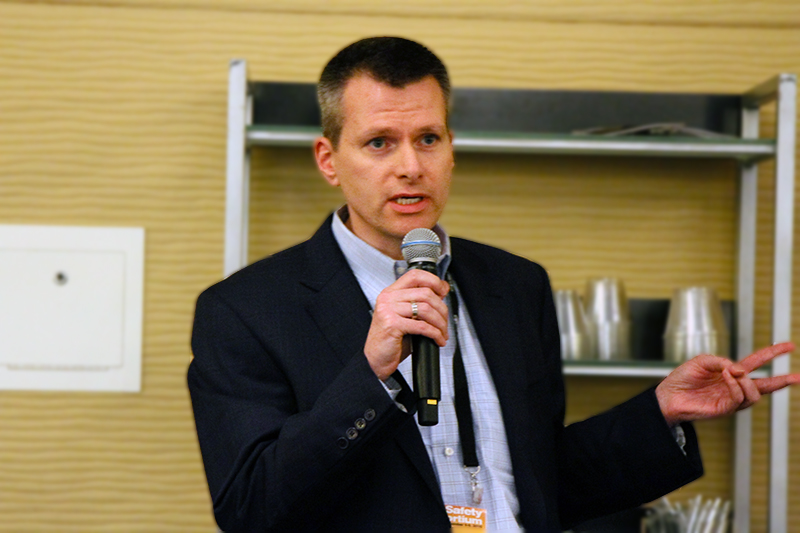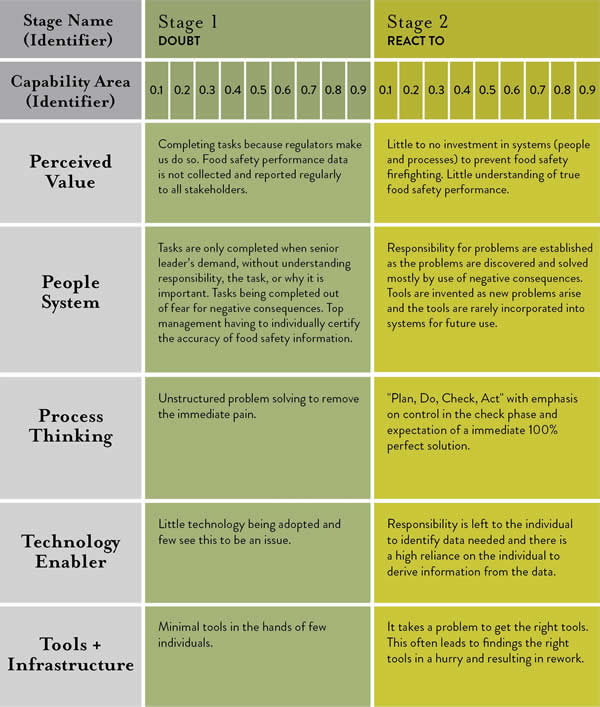As part of a special offering, Episode 9 has been made available for viewing on demand for free. Register to view the on-demand recording.We were thrilled to have our first Women In Food Safety event with Food Safety Tech during the Food Safety Consortium Virtual Conference Series on November 5. Industry leaders and professionals gathered to discuss women in this field, advocate for our strengths and provide advice to young female professionals as well as those who are at mid- or late-career stages. During the sessions in the episode, we explored self-development, networking, mentorship and leadership. The following are some of the issues we tackled.
When you first start your career or a job, don’t be afraid to take opportunities that have the potential for growth, and remember that all your experiences play a part in helping you achieve your final goal. While soft skills are crucial when looking for a job, technical skills shouldn’t be omitted, emphasized Martin Wiedmann, Ph.D., professor at Cornell University. You need to know how to do the basics; then you can be able to lead and teach others.
Mentorship
Mentorship and reversed mentorship were discussed throughout the episode. Different perspectives were brought up, however, everyone agreed that mentorship is very helpful throughout a career journey. Whether you are a mentor or a mentee, you can learn from each other. Self-learning and continuous development are crucial regardless of which stage you are at in your career. Mentorship happens organically and naturally, but one thing you need to think about prior to seeking a mentor is, what do you need one for? What do you want to learn and achieve? Lisa Robinson, VP of global food safety and public health at Ecolab, raised the question and continued: “For example, I have a mentor in business, because I know that is where I need help and advice.. Don’t be afraid to reach out to find your own mentor. “The mentor should have interests in your growth, and there has to be chemistry between mentors and mentees,” said Cindy Jiang, senior director of global food and packaging safety at McDonald’s Corp.
Women in Food Safety have five focused mentorship areas of focus:
- Diversity/culture
- For women with a diverse cultural background, focusing on helping their needs in work culture
- Adventure starts
- For women in school, focusing on bridging the gap between academic and industry, focusing on helping the start of their career, and providing a pipeline for future food safety professionals
- Leadership
- For women at an early career stage, focusing on helping them step up to senior management, and providing a pipeline for future leadership
- Boots on the ground
o For women working on-site, focusing on helping their needs in work culture - Work and life
- For women who just came back from maternity leave or a long break, focusing on helping their needs when going through life-changing times with minimal impact on work
Mentors can be one or more, but it all depends on your goal and what you want.
Climbing the Career Ladder
There are many barriers and challenges throughout a career, but what’s important to keep us going during this journey is ourselves—stay humble, keep learning, and keep yourself physically and mentally healthy. “If you don’t take care for yourself, the rest doesn’t matter,” said Lisa Robinson. She added, “If I am not well, I cannot do anything well.” In today’s environment, the competition is high. We are all looking to find balance, and we need to commit time to ourselves and our family. One way of doing so is to learn how to and be comfortable with saying “no”.
On the other hand, saying “yes” is just as important as saying “no”. Lisa shared a story: She learned that the company she was working at was interviewing for a VP position that she is interested in pursuing. She went to her boss and asked why she wasn’t considered. He responded, “I thought you were very happy with what you are doing.” By sharing this story, Lisa emphasized that speaking up to your boss and saying what you want is important. While you may be enjoying what you are doing, don’t forget to look ahead and make known what you ultimately want.
In addition, “sometimes barriers or rejection might not be a bad thing,” said Allison Jennings, global director of food safety, quality, compliance at Amazon. “Understand what your goal is and find what you love, [and] of course, finding out what you don’t love is also important. When one door closes, another one will be open.”
“Think about how you achieve your goal instead of what you have achieved. Don’t bring a problem without a potential solution; also, don’t bring a solution without understanding the problem thoroughly,” said Sara Mortimore, VP of global food safety and quality at Walmart. As a leader, we all need to develop our team and ourselves together, create a psychologically safe environment where team members can speak up and share their thoughts freely. As female leaders, we tend to be less confident when taking responsibilities or making decisions. “Yes, I can do it! Be confident with yourself when opportunities come to you, ” Sara said as she encouraged the group.
Conclusion
Last but not least, build your own network! All the speakers during this session mentioned the importance and benefits of networking. The food safety industry is a close-knit family. Don’t hesitate to reach out and ask for help.
Let’s be honest, there are challenges for females in the industry, and as far as we have come, there is still a lot of work that needs to be done. But what’s important is that we are all very clear of our goals and how to get there. We are working on this together.
Please check out our group on LinkedIn. Follow #womeninfoodsafety
This summary is written based on the opinions and presentations by the speakers.



















